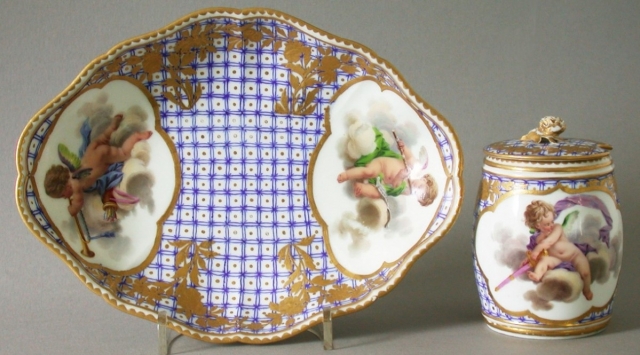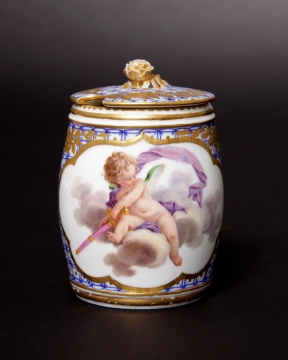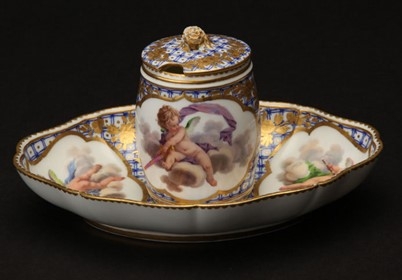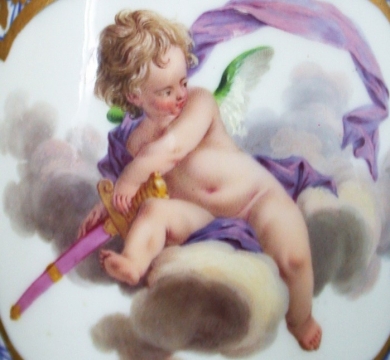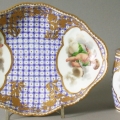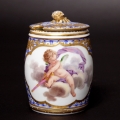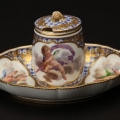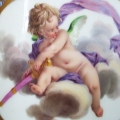1767
Type:
Mustard pot and stand
Material / technique:
Sèvres porcelain, polychrome and gold decoration, reverse painting by Charles Nicolas Dodin
Type of acquisition:
Acquired by the André De Herdt Fund
Year of acquisition:
2023
Depository institution:
Art & History Museum, Brussels
